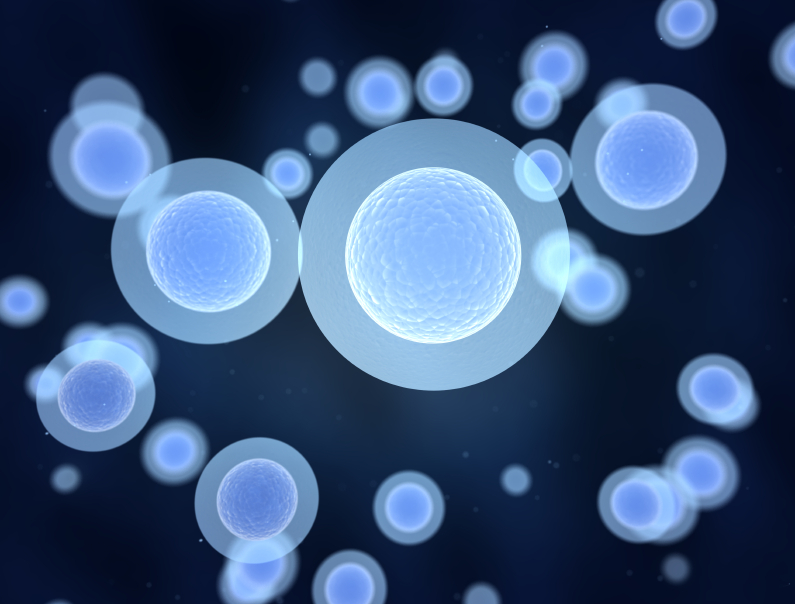A “prowess”, a “revolution”, “promises”: one semantic field used to amplify every new announcement –though isolated- concerning work based on human embryonic stem cells. This week, it was the turn of the Californian company Asterias Biotherapeutics, which is conducting a clinical trial on patients suffering from spinal cord injuries: we learn[1] that “an injection of neuronal precursors obtained from human embryonic stem cells enabled a young tetraplegic American man to recover the use of his arms and hands”. This information was rapidly turned taken over and deformed by the media: “a tetraplegic man recovers use of his arms”, spoken of as a “miracle” obtained “thanks to embryonic stem cells”.
However, it is important to take some distance with this information: out of the thirteen patents included in the clinical trial, only one has shown signs of improvement. Besides, that patient’s spinal cord’s injury was recent. Usually, in the months following the accident improvements can be noticed. It is therefore impossible to tell whether the recovery is due to the injection or to natural recovery. The improvement described is precisely “the restauration of certain movements” and “the acquisition of some form of regeneration”; hardly a miraculous statement.
Also, the trial is in phase 1, i.e., the doctors are still assessing the safeness of the treatment without trying to put forward its efficiency. Asterias itself has admitted it is “provisional data” from a “small study”.
A “small study” with a cloudy past: initiated by the Geron laboratory in 2010, it was suspended in November 2011 on the pretext of bad finances. However, the CIRM[2] which provided Geron with subsidies was eager to reinvest as soon as the trial was relaunched in May 2015. Geron, full of confidence and supported by the authorisations it received from the FDA[3], included thirteen patients, which had to have recent spinal cord injuries. The trial thus started off biased, as this type of patient is more prone to recuperating physical abilities.
The same as for the clinical trial carried out in France by professor Menasché, one questions the need of such news, which, in the end is quite banal for a clinical trial, and in no way proves the success of the protocol. Is the use of embryonic stem cells really so ineffective that its needs mass media coverage?
[1] During the annual reunion of the ISCoS (International Spinal Cord Society) in Vienna.
[2] California Institute for Regenerative Medicine.
[3] Food and Drug Administration.

